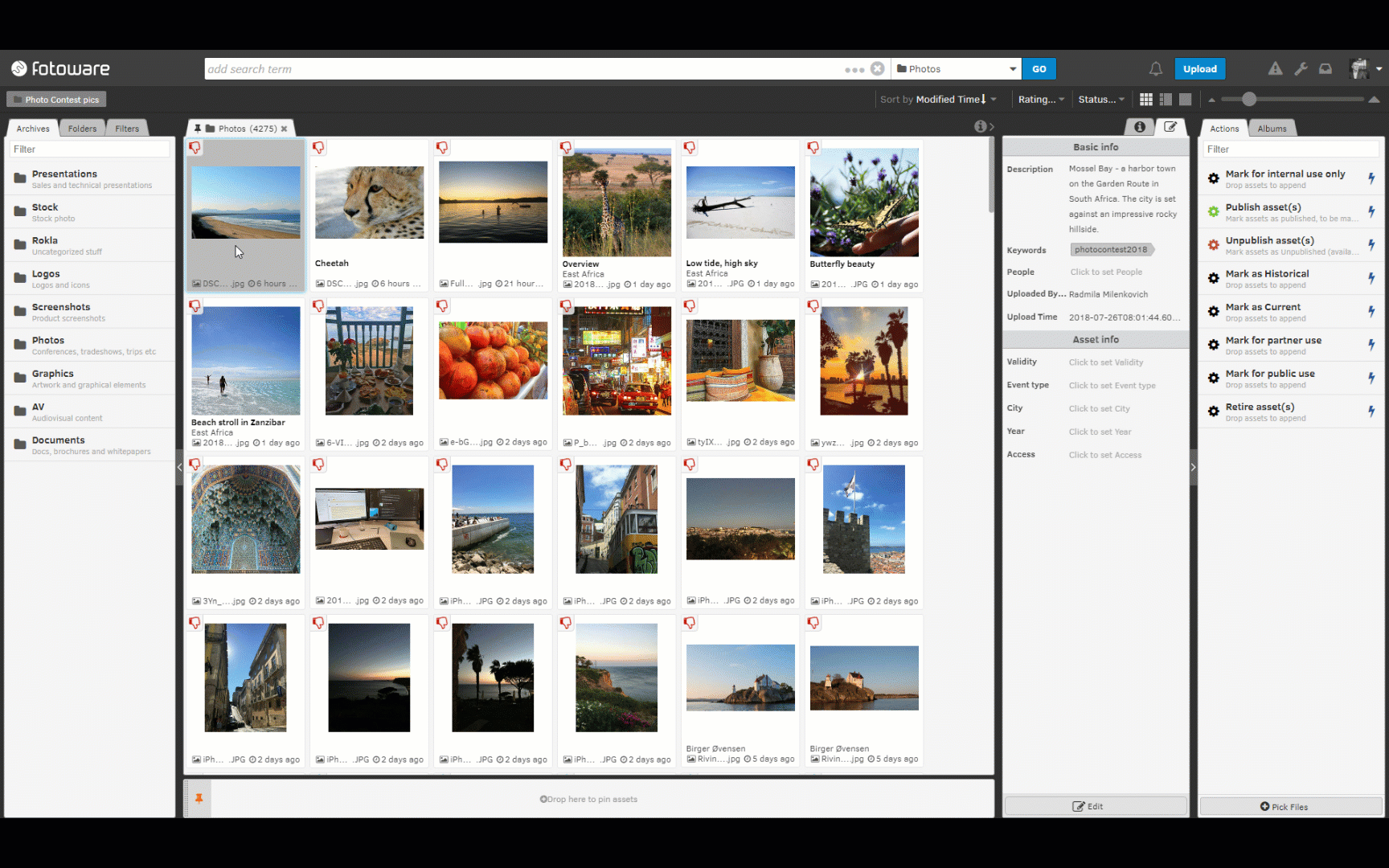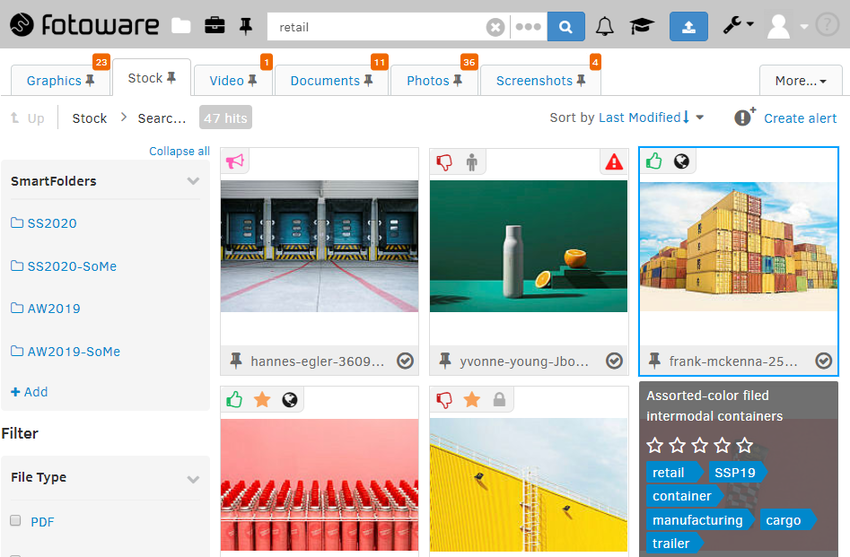
Photo by Aron Visuals, Unsplash
4 Reasons why you need workflows to manage media
Do you ever wonder how much more you could get done if you could offload repetitive tasks? We’re diving into how workflows in Digital Asset Management can automate and streamline your daily tasks, freeing up more time for creative work.
According to a survey by Solarwinds, workers are spending an average of 520 hours annually doing the same things over and over again, which translates to about a full day's work per week. How about you?
Just imagine if you had one extra day to purely focus on valuable and creative work every week by reducing mundane tasks - how would that affect your performance?
At Fotoware, we’re always looking for ways to improve the way we work. So we'd like to showcase some Digital Asset Management workflows that can speed things up - or even completely automate - some of the things you do in Fotoware every day!
First things first, what is a workflow?
A workflow is a set of business or task-based processes that aims to be completed in a digital asset management system. A workflow is everything AND ANYTHING that you can do with your assets - sending them to an output, changing their metadata, exporting asset data to an external system, approving or rejecting assets - the list goes on and on.

Visit our Workflows page to learn more about Digital Asset Management workflows.
4 Reasons why you should use workflows
#1. Streamline operations
Are doing the same tasks over and over?
In many cases, you can create actions that automate those processes and enable your team to turn that tedious task into a simple drag and drop or single-click operation by setting up a workflow for it.
For instance, you can automate tasks like converting image formats, resizing, or even directly publishing assets from Fotoware to your social media channels.
When choosing which files to use, chances are you don't want to rely on individuals who may or may not be available to approve use at the time you need them. The approval process is much more efficient with a preset workflow. You can assign each group of users that participates in image approvals to different hierarchical classes and reduce the number of manual requests needed.
#2. Stay informed about your assets' lifecycle
Fotoware Digital Asset Management offers more than just centralized storage; it provides comprehensive tracking with detailed overviews of each file's status and progress.
Markers, little icons shown on asset's thumbnail, can tell you everything about the file: whether it's allowed to share externally, if it is tagged with sufficient metadata , if it's been used in certain campaigns, and/or if it has usage restrictions.
By using markers and getting live notifications, you and your team will easily know what content is available for use, when, where, and how.
Fotoware also helps you manage license agreements associated with the content, model and property releases, and lets you know when a license expires. You'll be notified when and where content is used, for example, so that you can take action when your licensing agreements change.

#3. Organize access permissions
You want all your employees to be able to access files, and also be able to share those files with others, internally or externally; but it doesn't mean that you have to share everything with everyone. In Fotoware, you can control the use of assets by different group of users, so that sensitive assets and copyrighted material can be easily protected.
"We have been able to give students and staff access to the DAM through their NIDA logins. Students, for instance, don’t have access to the entire system, they have access to a separate collection so that we can make sure they don’t have access to things that they shouldn’t see," says Julia Mant, Archives and Records Manager at National Institute of Dramatic Art (NIDA). Even when access is shared with someone outside your organization, such as partners, suppliers or distributors, you remain in control and can take steps to prevent illegitimate use of your assets.
#4. Return on Investment
One survey shows workers are spending about a full day's work per week in repetitive tasks. Moreover, another study shows that a typical employee spends more than 30% of his or her time searching for digital content or producing content that can already be found somewhere else within the organization.*
Before measuring ROI for your Digital Asset Management system, you can ask yourself a few questions: How much time is your team wasting on manual, repetitive tasks? How many staff are involved in the current process and overlap each other without knowing about it? What are the potential impacts that can result from improper use of your assets?
The potential cost savings grow exponentially with the number of employees required to use the system, so the larger your organization is, the greater the savings potential. Well-designed workflows are the best way to maximize your digital asset management investment.
Want to learn more?
Talk to one of our experts to discover how we can streamline your organization's content workflows.

.png)
